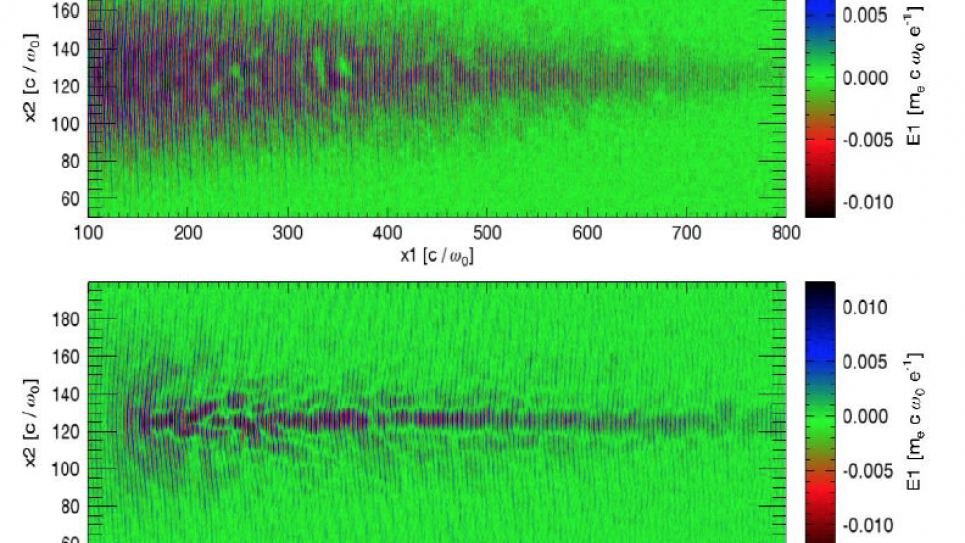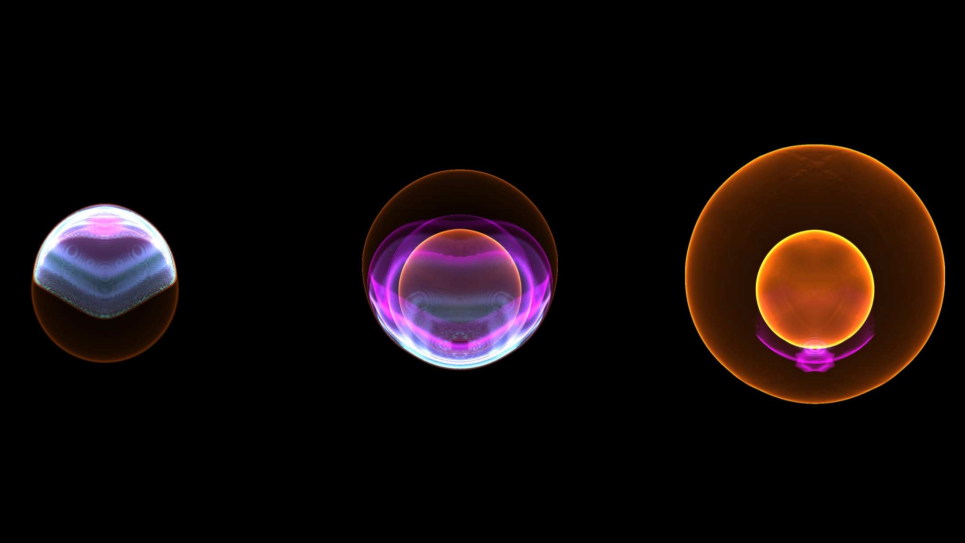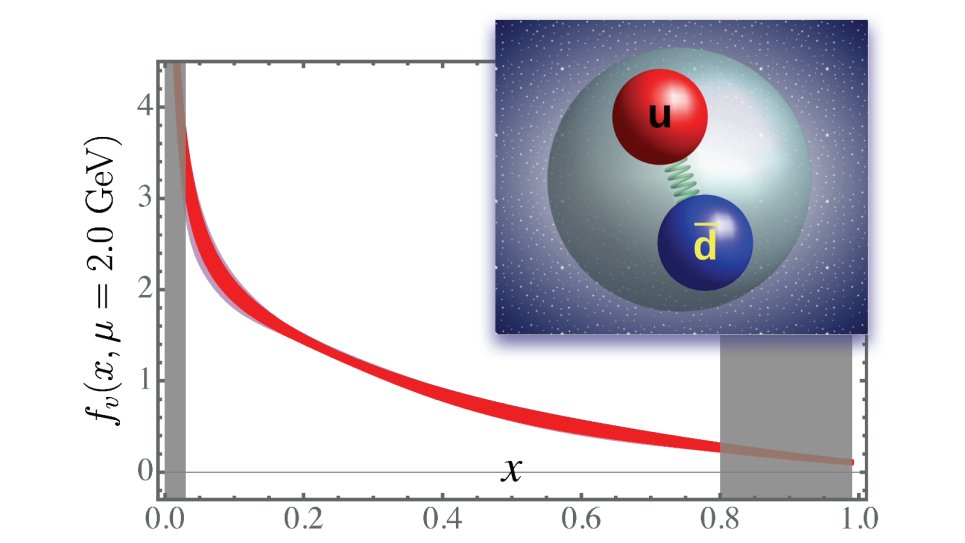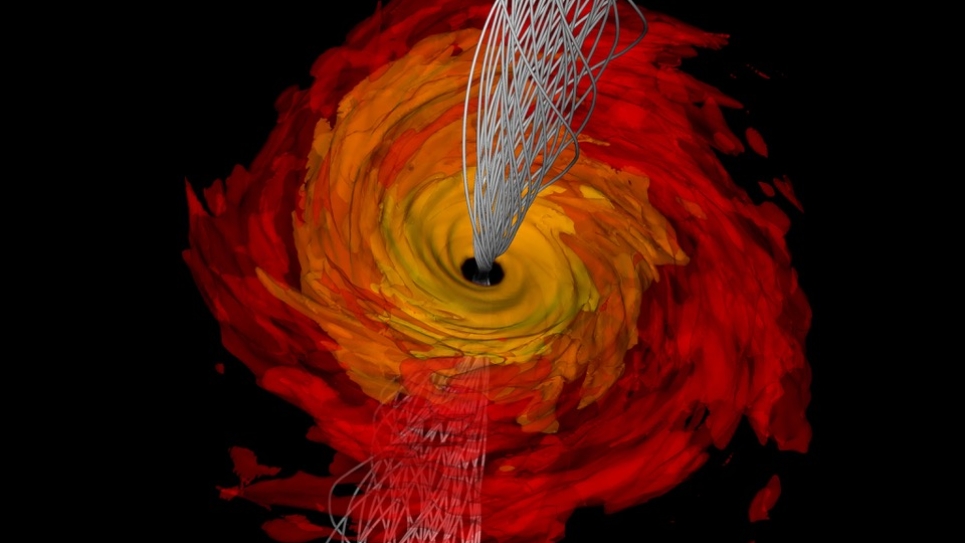
Petascale Simulations of Laser Plasma Interaction Relevant to IFE
Laser-initiated, or inertial fusion energy (IFE), holds incredible promise as a source of clean and sustainable energy. However, significant obstacles to delivering IFE remain, including the fact that IFE experiments have not achieved self-sustained ignition. This is attributed in large part to excessive laser-plasma instabilities (LPIs) encountered by the laser beams. LPIs, such as two-plasmon/high-frequency-hybrid instability (HFHI) and stimulated Raman scattering (SRS), can absorb, deflect, or reflect laser light, causing potential disruptions and excess heat loads. Therefore, developing an understanding of LPIs is crucial to the success of any IFE scheme.
LPI processes are complex, involving both wave-wave and wave-particle interactions. This project is focused on using fully nonlinear kinetic computer models to study high-energy density science relevant to IFE. The research team’s OSIRIS code uses explicit particle-in-cell codes that are computationally intensive and capable of studying the kinetic evolution of LPIs on the desired spatial and time scales. Because laser beams in IFE devices are broken up into multiple speckles (a pattern that results when a beam is scattered by a medium), researchers must understand how multiple speckles interact with each other.
In 2015, the team completed 2D simulations of laser plasma interactions with multiple laser speckles. These simulations isolated and identified three processes for inter-speckle interaction that can trigger instability in the form of SRS. They also conducted the first-ever study to investigate the relationship between external magnetic fields and LPI reduction in current and future magnetic IFE experiments. Simulation results are, so far, consistent with experiment.
Now, researchers will study the interactions of multiple speckles in 3D for both HFHI and SRS instabilities. They will perform simulations using smaller speckles to understand the essential physics involved in these systems, and larger speckles to study the problem under National Ignition Facility-relevant conditions. These simulations reveal, for the first time, the 3D nature of these processes, and could lead to the understanding and control of LPIs in IFE plasmas.


